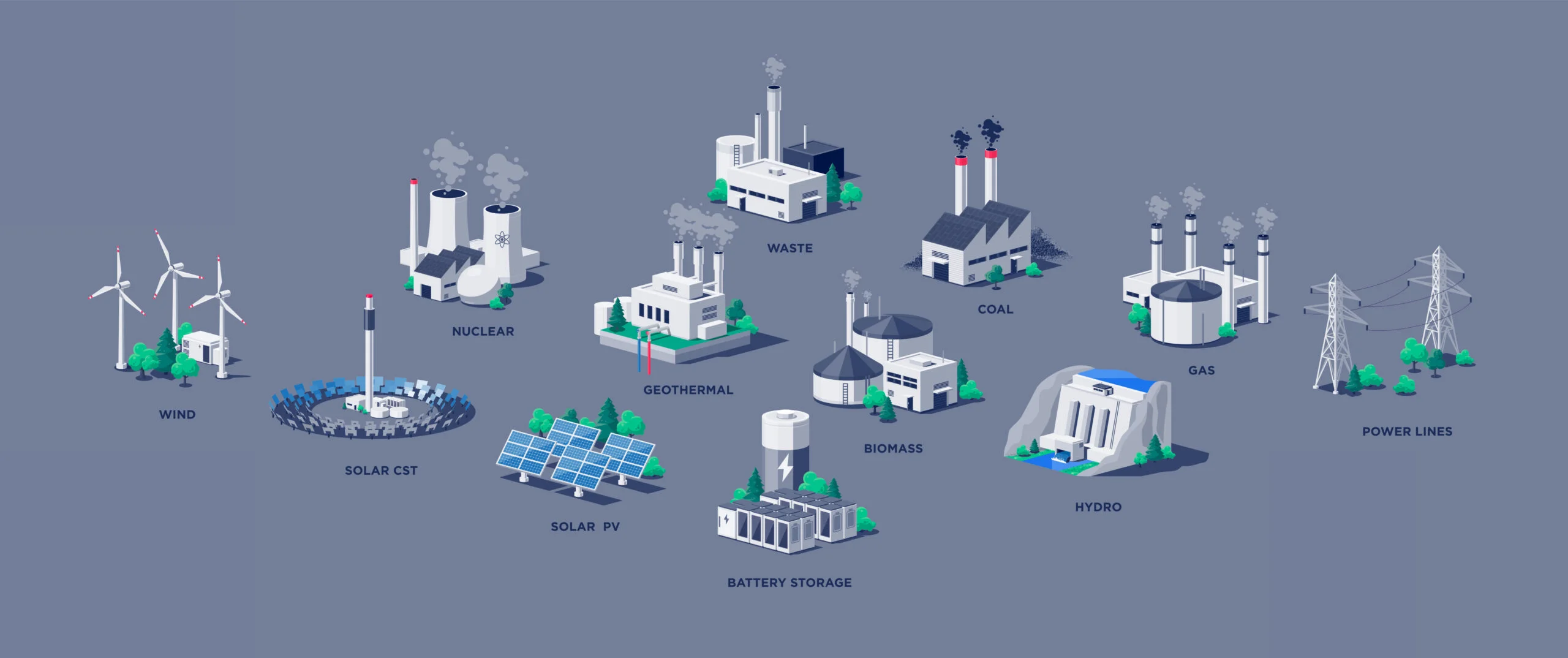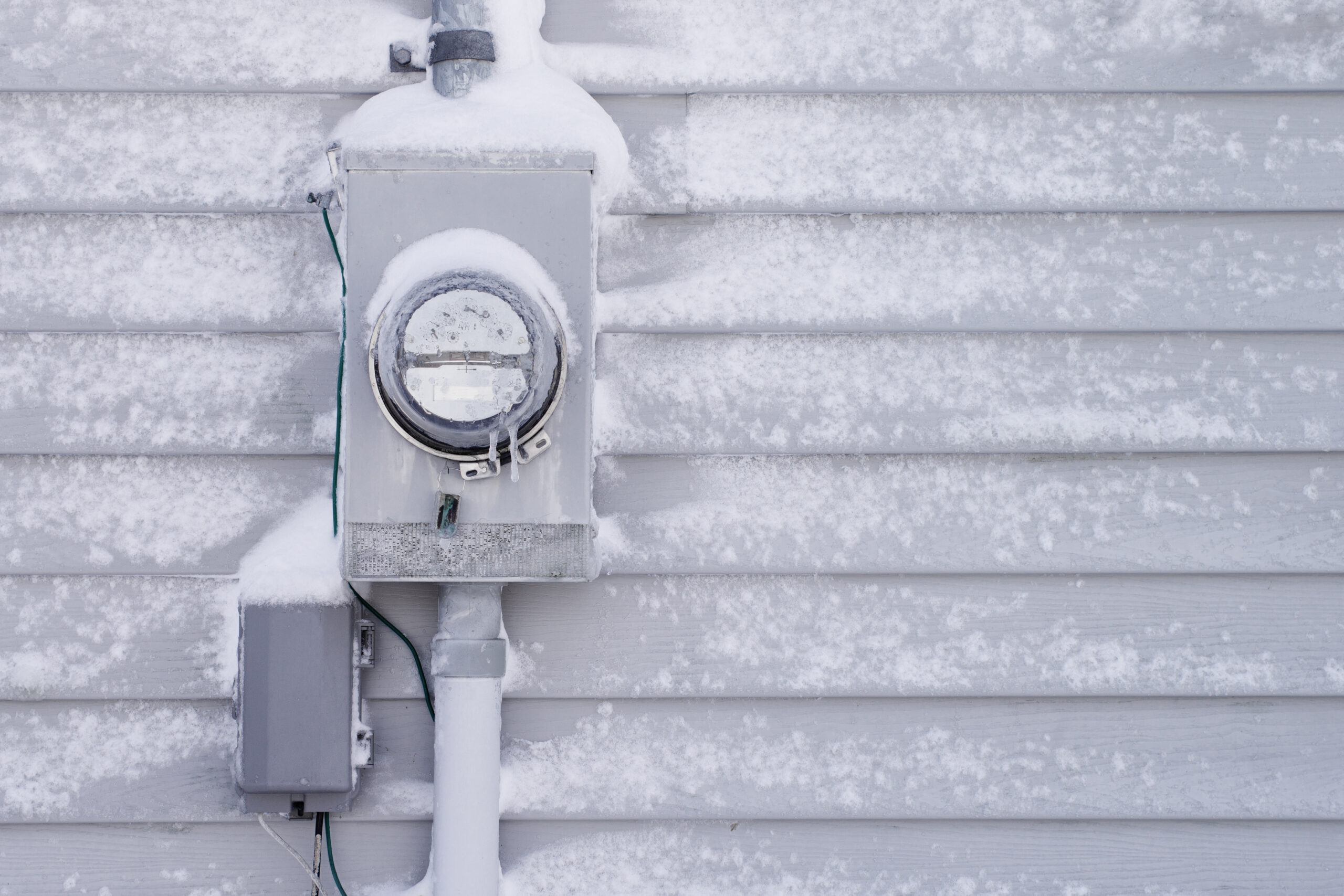It’s no secret that wealth inequality challenges the U.S. economy. According to the Economic Policy Institute, the top 1% of earners make 26.3 times more than the bottom 99% combined. In fact, as of 2023 78% of U.S. residents reported living paycheck to paycheck. This income inequality has been linked directly to social vulnerabilities and disasters, such as unexpected medical bills or the extreme weather and temperature events brought about by climate change. As credit scores are falling, more U.S. ratepayers are in fiscal uncertainty, creating a new economic challenge for utilities obligated to meet community needs on a tightly regulated budget. That’s why the Justice40 initiative was instituted, as a strategy to address economic uncertainty in low-moderate income neighborhoods. The Justice40 initiative is critical during the energy transition as a mechanism to ensure that all communities are lifted up together, ergo creating increased demand flexibility and load management opportunities.
What is Justice40?
The Justice40 movement is an initiative that directs 40% of specific Federal investments toward enabling energy equity strategies. This program is designed to help low-moderate-income neighborhoods. Running parallel to the Bipartisan Infrastructure Bill and the Inflation Reduction Act, which has successfully encouraged robust investments in renewable energies and non-wires alternatives such as demand flexibility initiatives like demand response, EV charging, or virtual power plants. Managed by the Department of Energy, the Justice40 initiative looks to engage communities and labor, invest in U.S. labor, advance DEI measures, and ensure that economically disadvantaged communities are provided with direct aid.
What Makes For An LMI?
Low-to-moderate-income (LMI) communities refer to any census tract wherein 50% of households have an income of less than 60% of the Area Media Median Gross Income or have at least a 5% poverty rate. This definition is loose, as the Department of Energy notes “It is important to note that there are several different scales used to identify low- and moderate-income households in the United States. There is no direct relationship between these scales and there is no ‘one-size-fits-all’ approach to poverty because different states and cities across the United States have varying costs of living.”
– Peggy Shepard, co-chair of the White House Environmental Justice Advisory Council (WHEJAC)
So far, Justice 40 has helped LMI communities through various grants and other financial opportunities. The recent White House summit on Environmental Justice in Action demonstrates the many ways that this legislation has manifested in addressing pollution concerns, the installation of solar panels in the Gila River Indian Community, and opening the door for more green jobs. According to Peggy Shepard, the co-chair of the White House Environmental Justice Advisory Council (WHEJAC), “the Justice40 initiative is helping to address decades of neglect and disinvestment, and urged the importance of continuing to build partnership and trust between communities and the government to achieve environmental justice.”
Using the Distributed Energy Resources (DERs) in Your Community
Last year, Wood MacKenzie reported that the U.S. distributed energy resource (DER) market was expected to nearly double by 2027. This increase in consumer DER adoptions includes devices like solar, battery energy storage systems (BESS), electric vehicles and EVSE chargers, and smart devices like thermostats and water heaters. These behind-the-meter DER assets can be aggregated and managed through the use of a Grid-Edge distributed energy resource management system (DERMS) for use in numerous demand flexibility initiatives. Through load shifting and peak shaving strategies, utilities can shift demand to off-peak hours of usage, defraying high peak-energy costs, while enhancing grid resiliency.
While demand response programs can employ a variety of device types, thermostats are, perhaps, the most common. Initially, these programs used one, then two-way radio switches to turn devices on and off remotely. Using the Internet of Things (IoT), utilities now access DERMS with deep API banks to exert device control at grid scale. As of 2023, only 16% of households with internet owned smart thermostats. This demonstrates an opportunity for utilities: the more customers adopt DERs, the more utilities can benefit from the community-driven behind-the-meter DER assets necessary for these programs. Justice40 supports this objective by working to increase energy resilience and access to clean energy while decreasing the environmental exposures so often found in LMI communities.
Advocate For Broadband Access
Forbes notes that more than 42 million Americans lack access to broadband internet. Broadband internet enables the various demand flexibility initiatives that require IoT technologies to connect. Rural communities often suffer this burden, which is why the NRECA has advocated for the prioritization of quality broadband to support the cooperatives that would most benefit. According to the Environmental and Energy Study Institute (EESI), improved access to broadband will directly benefit electrification and decarbonization efforts. Increased access to broadband will decrease the digital divide, enabling the aggregation of the growing number of behind-the-meter DER assets within a community. Furthermore, broadband access opens up further employment opportunities—especially for remote employment—which in turn minimizes carbon output by decreasing commute times, while also resolving financial uncertainty.
Incentivize DER Adoptions
According to the Department of Energy’s Pathways To: Virtual Power Plants Commercial Liftoff, the U.S. requires between 60-180 GW of total virtual power plant capacity in order to continue to meet public demand. Currently, around 30-60 GW of VPP capacity is met almost exclusively through demand response programs, a time-tested conservation strategy that shifts usage to off-peak periods of demand. Demand flexibility programs thrive the more people are involved. By encouraging DER adoptions, utilities can create more load flexibility opportunities within their community. For example, Green Mountain Power is actively working to provide battery storage to their constituents for exactly this reason: to prevent service failures, while also fostering load flexibility.
Utilities can incentivize DER adoptions in several ways. In fact, since every DER device is different, requiring different API structures and protocols, it is often imperative to incentivize the adoption of specific device types as they might play into program management strategies. Program managers can:
- Offer a device rebate as a sign-up bonus
- Partner with local contractor networks to advocate for devices that might qualify in a demand flexibility program
- Issue billing credits for program participation
These incentives are only as good as the communication that delivers them. The Rule of 7 is a loose marketing rule that asserts that customers will likely encounter messaging at least 7 times before taking action. That rule applies to developing programs as well, meaning that a multi-channel approach is crucial to the development of any demand flexibility program. So in addition to advocating for greater DER adoptions, ensure that you contact customers through mailers, customer service scripts, advertisements in local media, social ads, and more. Remember that the more customers are involved in your demand flexibility programs, the better.
Behavioral DR
Parallel to promoting more DER adoptions and demand flexibility programs, utilities can use their same marketing outreach strategies as part of a behavioral demand response project. An energy efficiency initiative, behavioral demand response educates utility customers on the impact of their usage. The SECC reports that overwhelmingly, customers want to view their electric usage data. This information is useful in leveraging preferred behaviors, such as consciously reducing usage during peak periods of consumption, or investing in energy-efficient DERs. Likewise, educating customers on opportunities like heating assistance is equally critical to helping LMI communities.
Make Capital Investments in Renewables
LMI communities are often substantially more vulnerable to the challenges part and parcel of climate change. Per the Environmental Protection Agency (EPA), LMI communities are less likely to have the resources for better energy security, are more often exposed to elemental factors like extreme cold or heat due to poor insulation, and are often near industrial areas that may contribute to mitigating health factors. These vulnerabilities in turn lead to the aforementioned economic turmoil that widens the amount of potential credit risks within a service area; people with limited means, have limited options.
Fortunately, legislation like the Inflation Reduction Act or Bipartisan Infrastructure Law was designed to address these issues and more. For utilities to survive, they must update the necessary infrastructure. Current estimates for upgrading the national grid are a staggering $2.5t in costs by 2035, These costs are compounded by climate change, which contributes to higher customer bills AND encumbrance to the electric grid.
Enterprising utilities can minimize these challenges by investing in communities. As noted, the DOE reports the need for at least a doubling of virtual power plant capacity by 2030. That capacity is often met through the use of utility-held DER assets like solar or battery installations, which are controlled by a Grid DERMS. Meanwhile, the behind-the-meter DER assets that are increasingly adopted provide a demand flexibility opportunity for utilities. Each year, utilities invest in capital projects as a source of revenue.
Investing in renewable energy technologies in LMI communities creates an equitable situation while affording those expanded opportunities. For example, rather than build another solar field or battery installation, utilities may consider investing in solar or battery for the community. This strategy is equitable, provides the necessary demand flexibility potential, and increases energy efficiency and load management, all while increasing our overall national VPP capacity.
Community Solar
Community solar installations are an obvious example of investing in renewable energies. As an investment in photovoltaic solar installations, community solar directly benefits LMI communities. Program participants effectively subscribe or enroll in a community solar, and can access low-cost energy as needed. Because this project is managed by the utility, program managers can use these assets for their aggregate virtual power plant capacity, reducing overall billing costs while enhancing energy security.
Grid-Edge DERMS & TDC
Not all DERMS are created equal. Grid DERMS was created to manage utility-held assets like solar or battery installations. By contrast, Grid-Edge DERMS aggregates and manages the behind-the-meter DER assets that consumers are vigorously adopting. These two strategies—using demand flexibility at the grid scale and the grid edge—are complementary and complete a fuller picture of grid services: using both grants utility program managers the opportunity to access all potential energy assets within a community.
Combined with Topline Demand Control (TDC), a novel combination of a Grid-Edge DERMS, forecasting software, AI, and model predictive control, utilities can optimize DERs to yield a reliable outcome. Topline Demand Control supports equity during the energy transition by ensuring that behind-the-meter demand flexibility programs are as reliable as a gas turbine engine. This energy equity in turn ensures peak energy efficiency, meaning there are more resources to share as needed. Using flexible dispatching software further supports initiatives like Justice40 by providing the resources that program managers need to localize dispatch to areas that need it the most, areas that often include LMI communities.
Justice40, Equity, & Demand Flexibility Conclusion
The Justice40 initiative is an altruistic attempt to ensure that everyone has access to affordable energy, a necessary step during the energy transition. In realizing this equity, utilities can not only lift up under-supported communities but can benefit from the increased energy flexibility necessary to meet continued demand. Furthermore, in supporting LMI communities, utilities are not only increasing their grid resiliency and lowering high peak energy costs through demand flexibility but also decreasing the overall credit challenges that impoverished communities experience all too often. In short, helping our most vulnerable communities can lift everyone: a rising tide lifts all ships and this is no exception.





